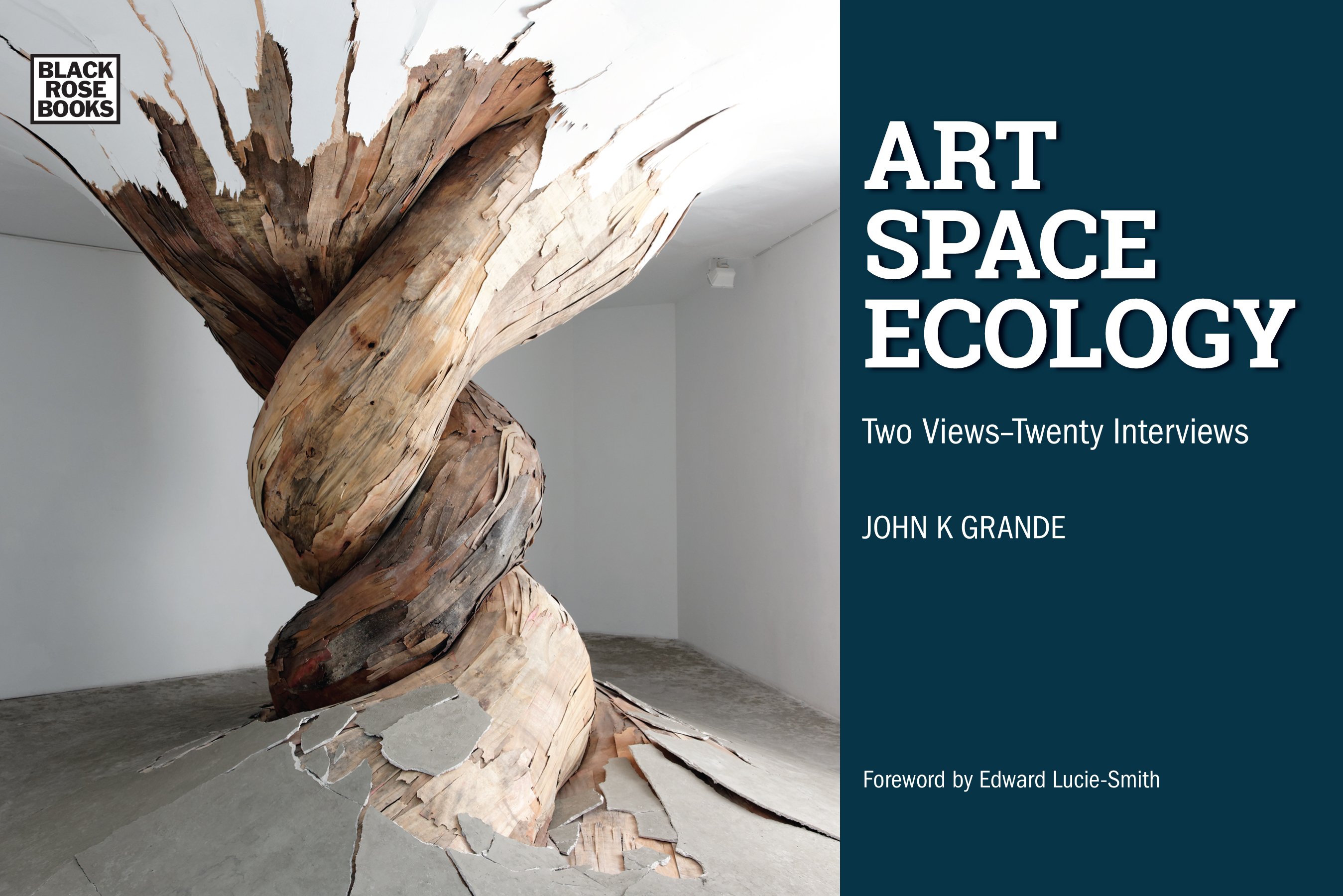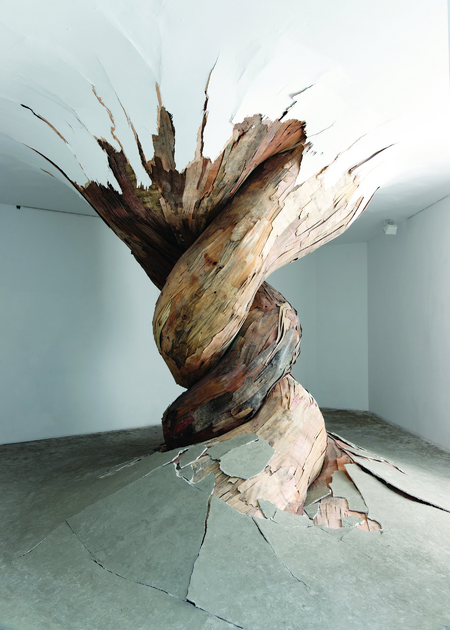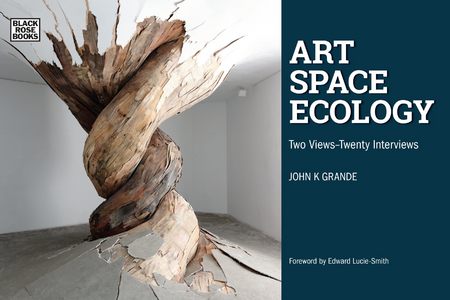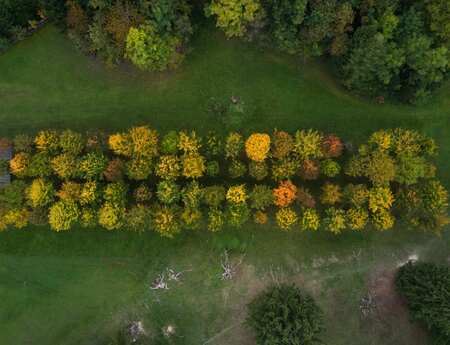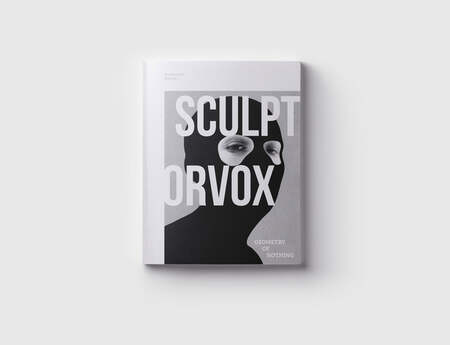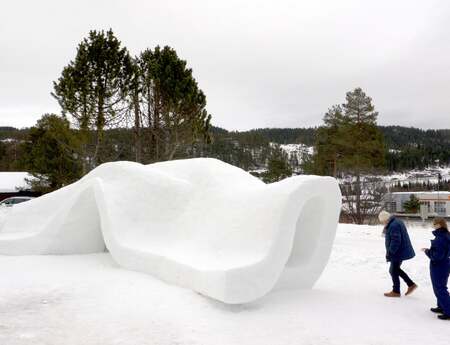The deep connection between Art, Nature and Science
In a conversation with twenty majors contemporary artists John K. Grande’s new book "Art, Space, Ecology" explores this never-ending relationship.
Nature has always been a teacher for artists, and since the sixties artists have started working with natural materials as well: in LandArt, EcoArt and more recently BioArt. Ultimately, the natural world serves as a canvas to explore the intersections of art, space, and the environment, thereby raising questions about our relationship with landscape itself.
In Art, Space, Ecology, internationally renowned curator and critic John K. Grande interviews twenty major contemporary artists whose works engage with the natural environment. Whether their medium is sculpture, nature interventions, performance, body art, or installation, these discussions reveal the artists’ diverse backgrounds and methods, expressions and realizations. They are opened by an engaging introduction by writer and curator Edward Lucie-Smith, who sets the stage for some of the most insightful and compelling discussions on art to be found.
The book offers a deep investigation into art and ecology starting from the artists’ point of view and it’s completed by eighty stunning images. These twenty wide dialogues between Grande and the artists mirror the encounter of object and environment, artist and audience, society and nature.

Like the interview with Jason deCaires Taylor, a British sculptor and creator of the world's first underwater sculpture park – the Molinere Underwater Sculpture Park located in the Caribbean sea off the west coast of Grenada. His sculptures are migrating to the underwater world, a region usually far from the human sphere; nevertheless they deal with social topics such as the immigration crises while they fulfil an environmental bio function aim: supporting corals’ new growth.
Or the interview with the American EcoArt artist Alan Sonfist. Sonfist is specialised in Public art that does not only reference architecture and the urban site but also nature. His famous Time Landscape in New York City was the first urban forest of its kind. He proposed it in 1965, but it took ten years of deliberation before he could realise the project, which today forms a green oasis in a stone desert. In his dialogue with Grande he reveals how it all started and talks about his future projects.
A leading figure in art and ecology, John K. Grande is author of a range of books including Art & Environment (Friendly Chameleon, Toronto, 1992), Balance: Art and Nature (Black Rose Books, 1994), Intertwining: Landscape, Technology, Issues, Artists (Black Rose Books, 1998), Art Nature Dialogues (SUNY Press, New York 2003) and Dialogues in Diversity; Art from Marginal to Mainstream (Pari, Italy 2007). Grande has curated Earth Art shows worldwide at the Royal Botanical Gardens and Van Dusen Gardens in Canada, the Pori Art Museum, Finland (2011), Meran, Tyrol, Italy (2014), and the Pan Am Games in Toronto as well as many other venues. He curated Small Gestures at the Mucsarnok / Kunsthalle, Budapest, Hungary in 2016. John K. Grande’s writings have been published extensively in Artforum, Vice Versa, British Journal of Photography, Public Art Review, Ciel Variable, LensCulture, On Paper, Arte.Es, Artichoke, Border Crossings, Public Art Review and Landscape Architecture.
